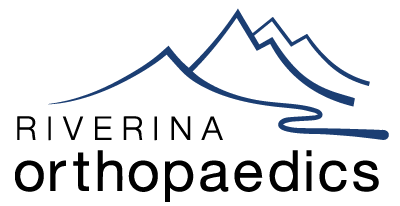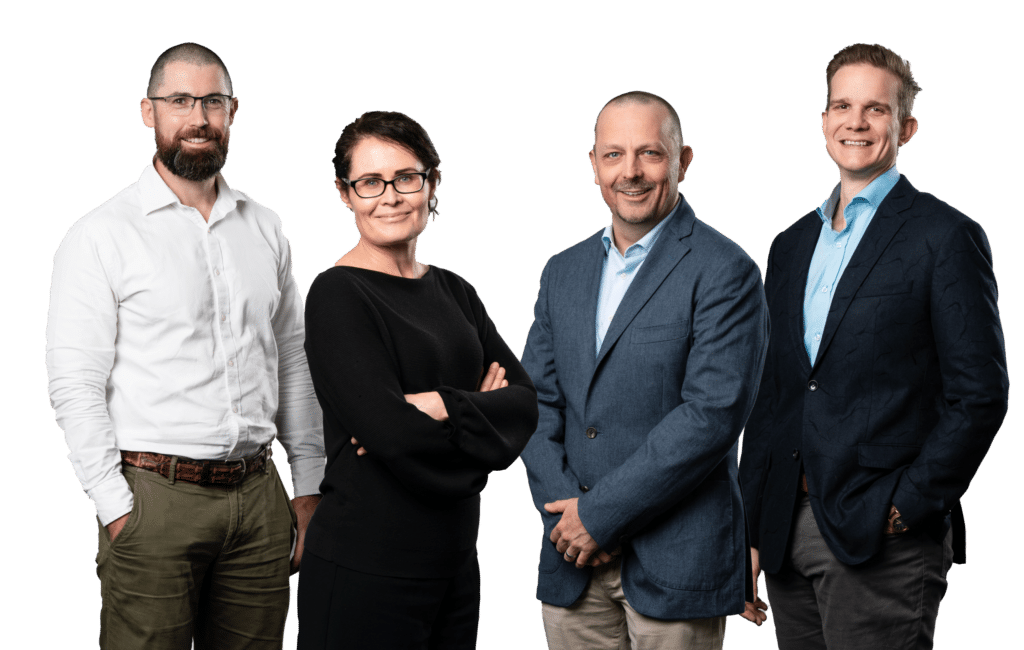Why me?
The vast majority of people experiencing shoulder instability have a history of traumatic dislocations. Apart from small finger joints, the shoulder is the most commonly dislocated joint in the body. When shoulder dislocation occurs in adolescents and children the risk of re-dislocation is up to 95%. Age, demanding sports and work occupations, collagen disorders, and abnormal anatomy all have an effect on the risk of developing ongoing symptoms of instability (called Apprehension).
Although not a life-threatening problem, repeated dislocation can increase the risk of developing arthritis as well as limit lifestyle choices or force career changes and the like.
Normal shoulders have a vast range of motion, unfortunately this results in reduced stability compared to, say, the hip joint. Intact bone surfaces as well as competent soft-tissue balance and muscular control are all necessary to provide adequate stability. The trauma of dislocation may lead to loss of bone and soft tissue restraints rendering the joint unstable. It then becomes easier and easier for shoulder to dislocate.
What happens during a stabilisation?
In most cases there is only minimal damage to the bony socket of the shoulder joint and so keyhole, soft-tissue surgery is sufficient. This is an arthroscopic, day-procedure called a stabilisation or Labral repair. Prior to surgery, imaging of the shoulder with MRI and/or CT scan is commonly performed to assess both the bony and soft tissue components of the joint.
Surgery is performed under a general anaesthetic with a nerve-block to reduce post-operative pain that will make the arm numb for 18-24 hours. A shoulder sling is used for four weeks and a specific physiotherapy program is enacted to regain full function and return to competitive sport in 6 months. Return to full work function depends very much on the occupation ad is best discussed individually.
Sometimes, extensive damage to the bony socket, prior surgery, or recurrent dislocations, means a stabilisation will be insufficient and an open procedure is indicated. In these cases the Latarjet procedure using a local bone transfer graft to replace the deficient bone is recommended. This procedure is more involved both during surgery and in the rehabilitation required.
When can I play sport again?
Arthroscopic shoulder stabilisation aims to restore the function of the shoulder to its pre-dislocated state and allow a return to high-level sports and occupations. It is successful in more than 85% of patients. The rehabilitation process following surgery of this nature takes 4-6 months if physiotherapy programmes are followed rigorously. The shoulder naturally has a high rate of dislocations and a return to high-risk activities carries with it a definite risk, stabilisation surgery does not mitigate this risk it returns it to baseline. Age, type and level of sporting activities, other co-morbidities all convey and increased risk to redislocation rate.
This page is a brief overview and not designed to be all-inclusive. If you have any further queries, please contact us.


